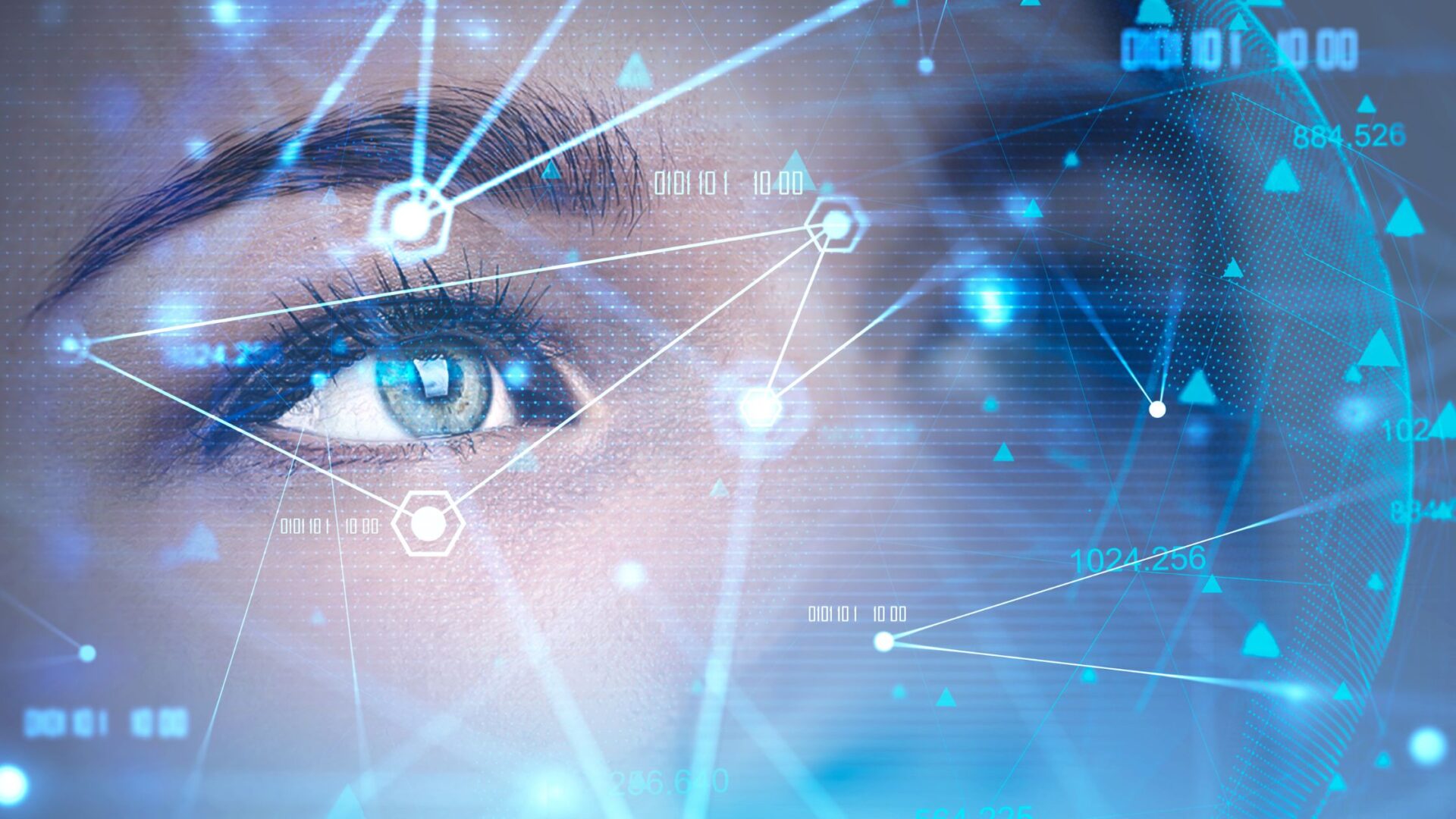Key Takeaways:
- A new AI study finds hidden patterns in prime number placement
- Models predict prime locations better at higher numbers
- Ulam spiral predictability grows at larger scales
- Findings could boost cryptography and data science research
Ulam Spiral Predictability Unveiled by AI
Scientists have long wondered if prime numbers hide secret patterns. Now, researchers used machine learning to explore this mystery. They mapped primes into a spiral called the Ulam spiral. Then they trained AI models to spot order in that spiral. Surprisingly, the models performed much better for numbers around 500 million than for those below 25 million. This result hints that prime behavior becomes more regular as we look farther out. In simple terms, the farther you go, the more the primes seem to follow a rule.
What Is the Ulam Spiral?
First, imagine writing numbers in a square grid. Start with 1 in the center. Then place 2 to the right, 3 above, and keep spinning around. As you go, mark every prime number. Suddenly, diagonal lines appear. That was the Ulam spiral. It surprised many experts back in the seventies. They did not expect straight lines of primes. Yet the pattern kept popping up. However, no one knew if the lines had true order or just luck.
Machine Learning Meets the Spiral
Next, researchers fed the spiral data into AI. They labeled each grid point as prime or not. Then they broke the spiral into regions. Some regions covered numbers up to 25 million. Others went as high as 500 million. They used neural networks to learn any hidden rules of prime placement. The networks tried to guess which points held primes. Surprisingly, they got better at it when they trained on larger numbers. This rise in accuracy shows that Ulam spiral predictability increases with scale.
How Ulam Spiral Predictability Changes with Scale
The team tested various scales to compare results. For the lowest range, the AI guessed prime spots only slightly above random chance. Yet at the highest range, the AI achieved significantly better scores. In other words, the AI learned more about prime placement in big spirals. Moreover, training on huge datasets helped the neural nets detect faint signals. Therefore, Ulam spiral predictability seems to grow as numbers climb.
Surprising Findings at Large Numbers
It is surprising that randomness feels more regular up close. One would expect primes to stay random everywhere. However, large-scale patterns emerged clearly. For instance, the AI spotted clusters along certain diagonal lines. It also recognized empty zones where primes rarely appear. These hints point to deep arithmetic rules. Although humans may struggle to see them, AI uncovers those subtle trends.
Implications for Cryptography and Data Science
This research matters beyond pure math. Prime numbers power encryption that secures online messages. If AI can predict prime behavior better, it might reshape cryptography. For example, new algorithms could strengthen or test current codes. In data science, the methods may detect hidden order in complex data. Financial markets or genetic codes might show similar patterns. In that way, Ulam spiral predictability could inspire fresh tools across many fields.
Challenges and Cautions
However, the work has limits. Training on massive number sets requires heavy computing power. Also, better predictability does not mean total control over primes. The AI still misses many prime spots. Finally, experts warn against overinterpreting the results. While the patterns look real, further study must confirm their math significance.
Future Directions
Looking ahead, researchers plan to push their models even higher. They will try ranges beyond 500 million to see if predictability keeps rising. They also aim to refine their neural nets for sharper insights. Furthermore, collaboration with pure mathematicians could turn AI hints into rigorous proofs. Ultimately, this blend of AI and number theory might unlock secrets of the primes once and for all.
Frequently Asked Questions
What makes the Ulam spiral special?
The Ulam spiral arranges numbers in a square path. When you mark primes, diagonal lines appear. This unexpected pattern puzzles mathematicians.
Why use AI on the Ulam spiral?
AI can detect subtle trends humans might miss. Machine learning models learn from data without human bias. They reveal hidden rules in prime placement.
Does better predictability break encryption?
Not yet. Current AI accuracy is still limited. It highlights trends but cannot pinpoint every prime. Encryption remains safe for now.
How could this research impact other fields?
The approach may find order in complex data sets. Scientists might spot patterns in physics, biology, or finance. AI could unlock hidden structures everywhere.

